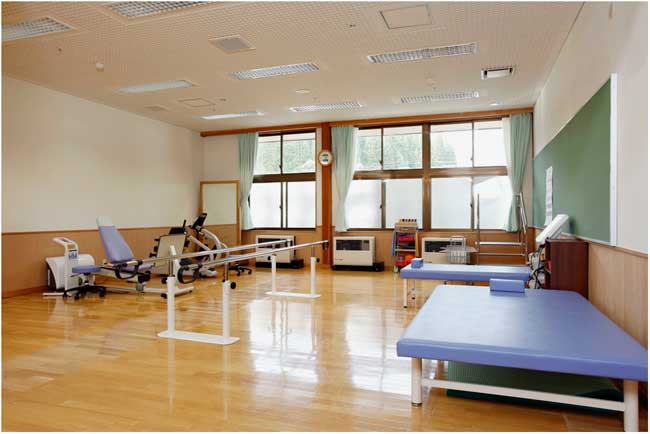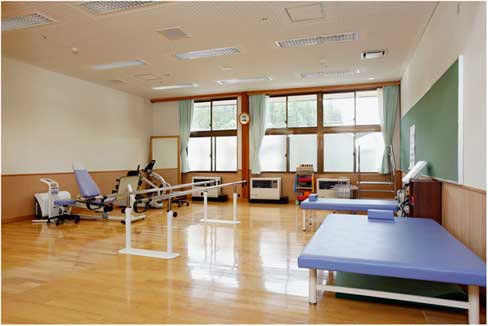The global trend toward advanced life expectancy and low fertility rates requires societies to address increasing long-term care needs.Reference Prince, Wu and Guo1 In 2011, Fukushima, Japan, experienced a triple disaster comprising an earthquake, tsunami, and a nuclear accident, which have affected nearby communities. In particular, the average age of the population has been rapidly increasing due to the mass evacuation of younger residents for fear of radiation exposure. This older population now has an increased need for formal long-term care.Reference Morita, Leppold and Tsubokura2 In this context, long-term care facilities must be provided by local governments to ensure widespread access to formal long-term care. However, full construction of a long-term care facility requires considerable human and material resources. To avoid imposing this additional burden on the disaster-affected area, there is a need to provide formal care access without imposing an excessive burden. Here, we report on the opening of a long-term care facility that was successfully renovated from a closed school with minimal modifications.
A former elementary school that had closed in 2005 was renovated to produce a long-term care facility in Furudono, a town located 50 km southwest of the Fukushima Daiichi nuclear power plant (Figure 1).3 Because a school and a long-term care facility share similar features in terms of group living, this facility could be established with minimal modifications. For example, a music classroom and a library were renovated into rehabilitation rooms, a large hall became a recreation space, a teacher’s room became staff rooms, and each classroom was divided into 2 residential rooms. Handrails were installed in the hallway, and the bathrooms were widened for the new residents’ safety. This long-term care facility opened in 2012 with an accommodation capacity of 29 residents. Outpatient rehabilitation was initiated in 2014, and about 18 outpatients used the facility every day as of December 2017 (Figure 2).

Figure 1 Exterior of the Long-Term Care Facility. Photo courtesy of Mr Yasuhiko Yanai.

Figure 2 Interior of the Long-Term Care Facility. Photo courtesy of Mr Yasuhiko Yanai.
The present case shows that renovation of a closed school is a possible solution toward the need for a formal care facility, even in areas affected by the 2011 Fukushima disaster.Reference Prince, Wu and Guo1, Reference Ozaki, Shimada and Yamamoto4 Schools and long-term care facilities share several characteristics that are suitable for group living. The flexible reutilization of a closed school as a long-term care facility, as in this case, may be relevant to other settings experiencing population aging. Renovation of a public facility should be considered as a means for meeting public needs.
Acknowledgments
The authors express sincere gratitude to Mr Hideo Sato, Mr Wataru Hoshi, and the staff of the Okuta Rehabilitation Care Center. This report was partly supported by the Institute of Medical Care and Societal Health.
Conflicts of Interest
YN and MT work at Hirata Central Hospital affiliated with this long-term care facility.
Author Contributions
All authors were involved in the conception and design and interpretation of the case; YN contributed to the drafting of the article; OA and TM handled the critical revision of the article for important intellectual content; and all authors were involved in the final approval of the article.
Informed Consent Statement
No photographs of patients are used in this report.






